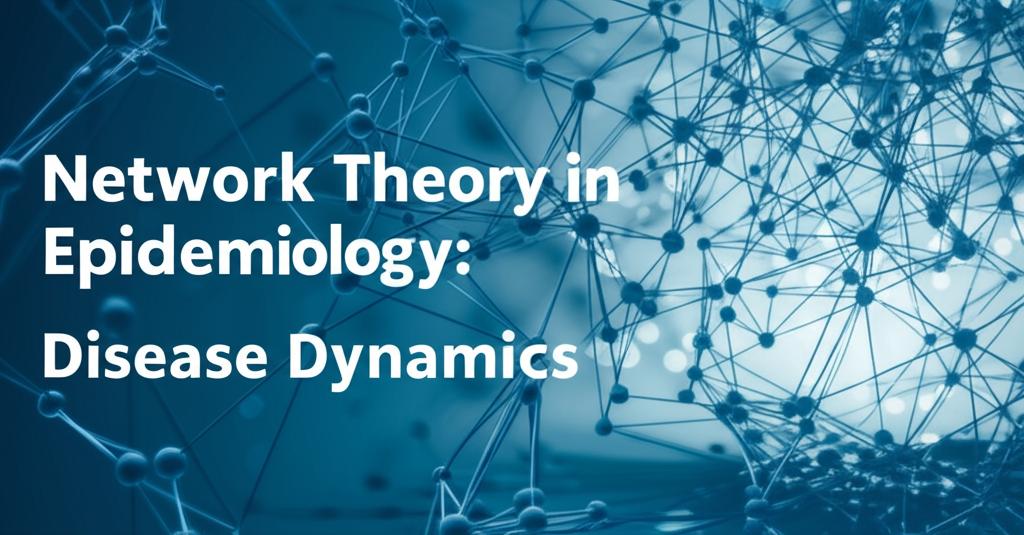Understanding the spread of infectious diseases requires looking beyond individual cases and considering the complex web of connections within a population. Network theory provides a powerful framework for this, conceptualizing individuals as nodes and their interactions—the pathways for potential transmission—as edges. This approach offers a more nuanced understanding of epidemic dynamics than traditional compartmental models, which often assume uniform mixing within a population.
Recent advancements highlight the critical role of network structures in shaping how diseases propagate. Real-world social interactions aren't random; they form complex, heterogeneous networks. These networks exhibit properties like clustering (where an individual's contacts are also likely to be connected to each other) and variations in the number of connections each individual has. Such structural features significantly impact disease transmission. For instance, "superspreaders," individuals with a disproportionately high number of contacts, can play a crucial role in the early, rapid dissemination of a disease. The way individuals are connected—whether those with many connections tend to link with others with many or few connections (degree assortativity)—also influences spread.
Integrating network science with classic compartmental models (like SIR - Susceptible, Infected, Recovered) enhances the accuracy of epidemic descriptions. While traditional models offer a simplified view, network models can incorporate the intricacies of real-world contact patterns. This synergy allows for a more authentic portrayal of how diseases move through a population. For example, models incorporating network structures can better explain phenomena like the linear growth phases observed in some COVID-19 infection curves, which traditional models struggled to replicate.
The application of network theory extends to practical public health interventions. Understanding the network structure can help identify key individuals or groups to target for measures like vaccination or contact tracing, making these interventions more efficient. Contact tracing itself inherently utilizes the underlying transmission network to target control efforts. Furthermore, network models can simulate the impact of non-pharmaceutical interventions such as social distancing by modeling changes in network connectivity.
Recent research also explores the use of advanced computational techniques like Graph Neural Networks (GNNs) to overcome limitations in traditional epidemiological modeling. GNNs can incorporate complex relational data from sources like human mobility and contact tracing, offering a powerful tool for understanding and predicting epidemic trajectories. Additionally, studies are looking into adaptive networks, where the network structure itself changes in response to the epidemic, for example, through self-isolation or risk-averse behaviors.
The dynamic nature of human interactions and their influence on disease spread is a key focus. Behavioral responses to an epidemic, often driven by information flow through social networks, can alter contact patterns and thus the disease's trajectory. Models that account for these adaptive human behaviors, where individuals might change their interactions based on perceived risk, offer a more comprehensive view of epidemic dynamics.
In essence, network theory provides indispensable tools for dissecting and responding to infectious disease outbreaks. By moving beyond assumptions of homogeneous mixing and embracing the complexity of human connection, researchers and public health officials can develop more accurate models, predict spread more effectively, and design more targeted and efficient interventions. The ongoing integration of network science with epidemiological modeling continues to refine our understanding of disease dynamics in an increasingly interconnected world.

